Next to my bicycle, my camera is my favorite thing I own. It opens creative options, helps me practice gratitude and is an outlet for the part of my brain that once loved teaching physics. Today I’m sharing five specific features of my Canon 5d Mark iv that I love for family photography.
The big advantage of a digital single lens reflex (DSLR) camera is twofold. One, the shutter opens the moment you press the shutter button; there is no delay like with a phone or an old point-and-shoot camera. Second, you are in charge; you get to tell the camera what to do.
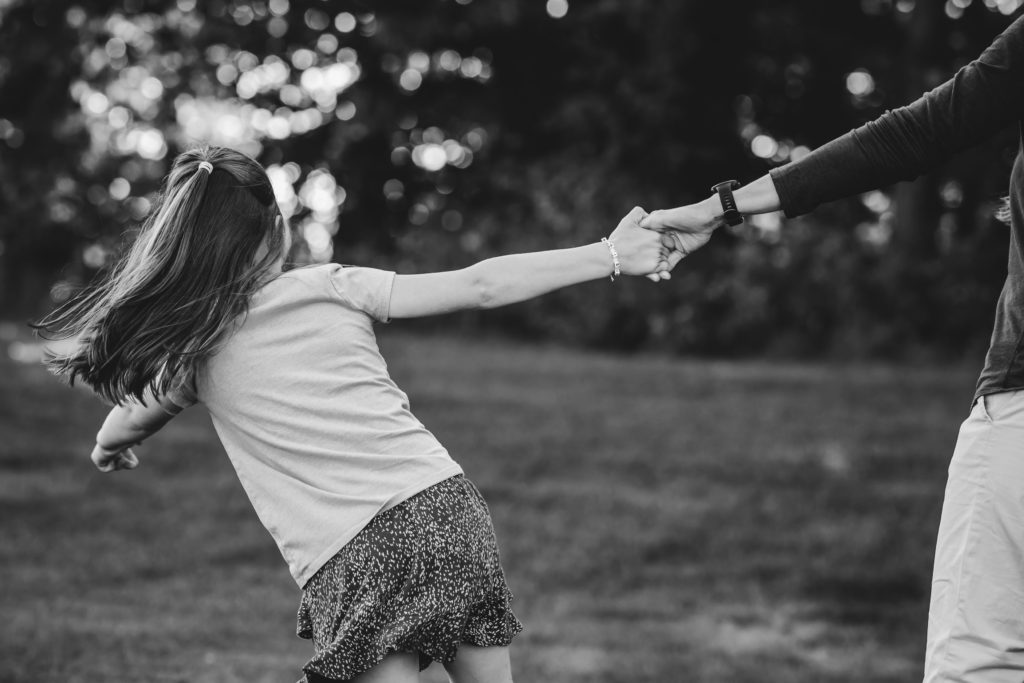
That first reason — not wanting to miss THE moment — is the way I got into DSLR photography. I wanted to capture my firstborn and husband grinning and laughing as he pushed her on a tire swing. In every photo I took with our point-and-shoot (it was 2010, that was still a thing!), she was cutoff and out of focus. I was so frustrated and disappointed!
A few months later, I was on maternity leave with her younger brother and took the leap: I bought an entry-level DSLR. My pictures instantly improved, a little. It wasn’t until a few years later when I learned to use manual mode that things really took off. That’s because I understood the second advantage of a DSLR: making choices with intention. (Note: this is also true for mirrorless cameras.)
Now, my camera lives in manual mode. That means I purposefully select the aperture, shutter speed and ISO for every image I capture. Today I’m sharing some features that will be useful if you use any of the hybrid modes on your camera like shutter priority or aperture priority. And, by the way, using those modes, and noticing how the camera fills in the exposure triangle is a great way to start teaching yourself to use manual mode in your photography.
Back Button Focus – Avoid Missed Focus in Your Family Photography
Capturing subjects at just the right moment is the name of the game in family photography. It is really helpful to have your focus set so that when the subject laughs or jumps, you can capture THE moment. I often use a wide aperture to create a creamy bokeh in the background. This means that nailing focus on the main subject is key.
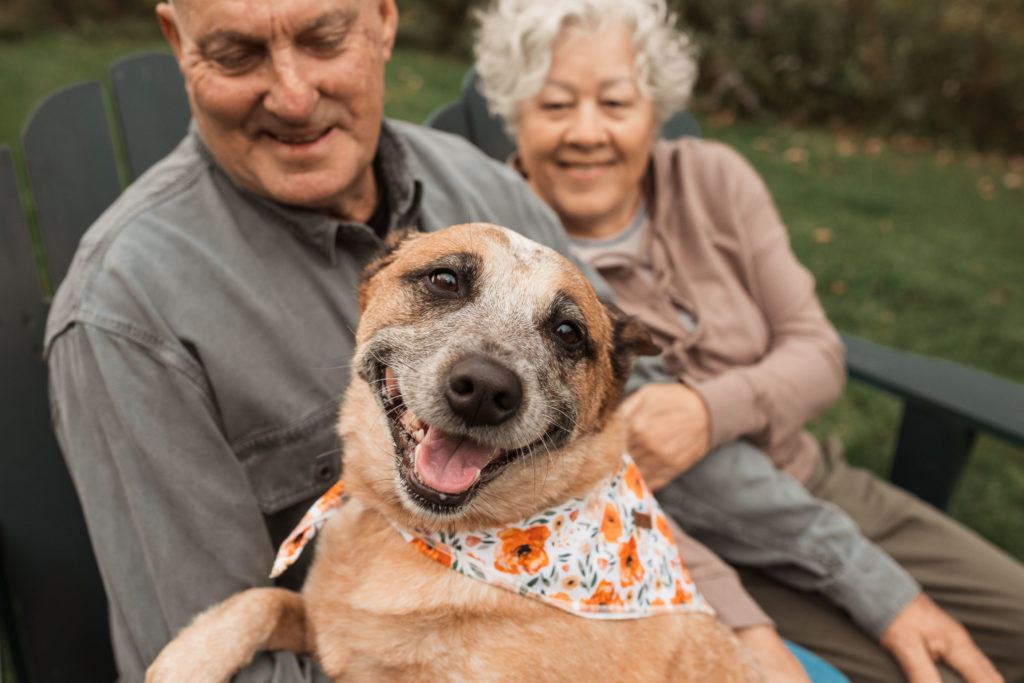
Back button focus is a trick that separates pressing the shutter and grabbing focus. It allows the photographer to focus with their right thumb instead of forefinger. This makes it much easier to hold focus on a specific point, such as my subject’s face, while waiting for just the right moment.

This is something that needs to be set up manually so check your specific camera’s manual to figure it out. For fellow Canon users this is a great resource. There is also a learning curve so give yourself a few days to play with no pressure, but once you get it, I doubt you’ll go back. Be sure, however, to turn it off, if you do hand your camera off to someone else to photograph you.
Burst Mode: Fun for Family Photography as Well as Sports
For fast moving objects, clicking the shutter at just the right moment requires fast action. Burst mode allows me to capture up to 7 frames per second. This is my go-to for fast moving puppies and kids, of all ages! This is a feature that is useful in family photography as well as wildlife and sports.
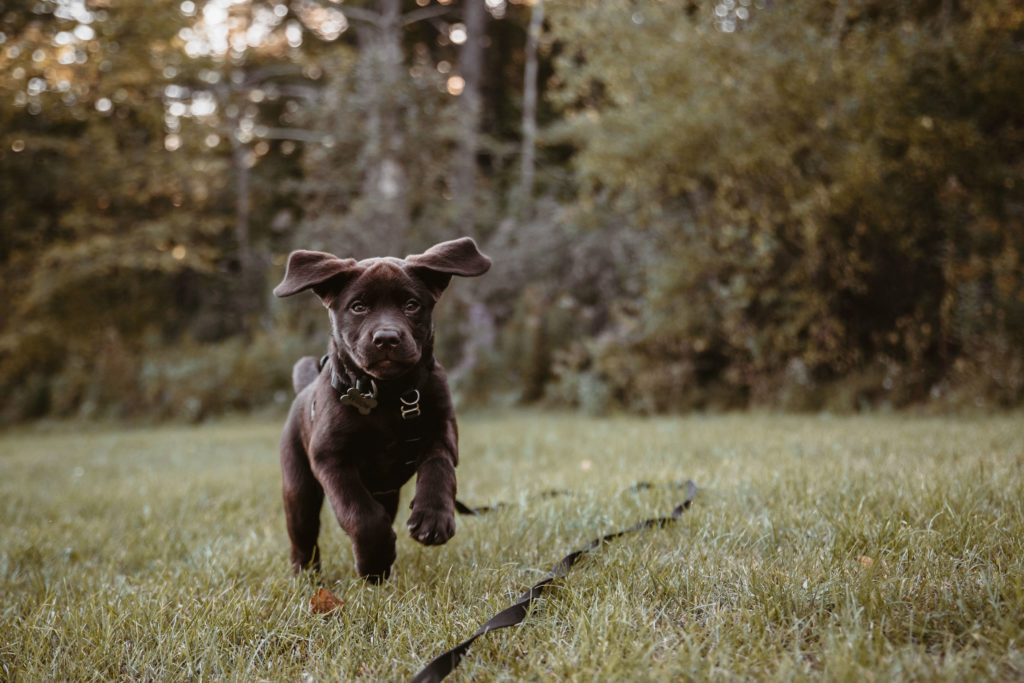
This doesn’t replace carefully framing the image, but it does let me flip through the images later. In the situation above, I loved this photo with young Willow’s ears flapping in the wind and front paws off the ground. Photos with her ears low or all four paws on the ground didn’t covey the fun puppy energy of this moment.
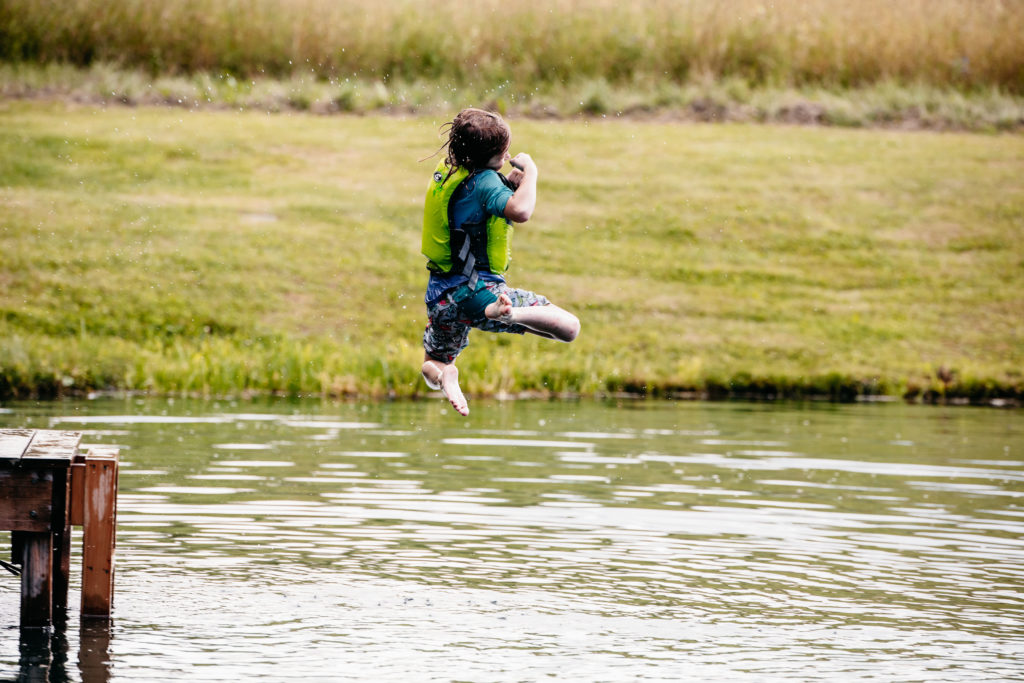
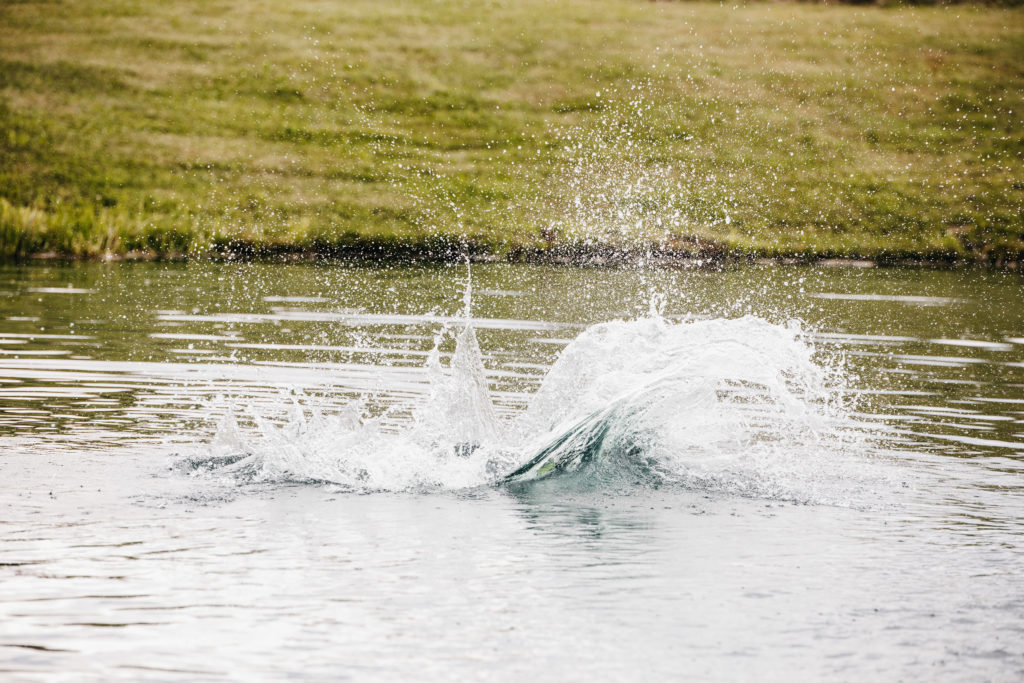
Burst mode is also great for capturing a series of images of kids at play — always fun in family photography!
Point Focus: Put Focus EXACTLY Where You Want It
Unless I’m photographing fast moving athletes (including dogs playing fetch!), I’m using point focus. This allows me to put the focus exactly where I want it. In family photography, typically this is an eye of the main person (or sitting dog!) in the photo.
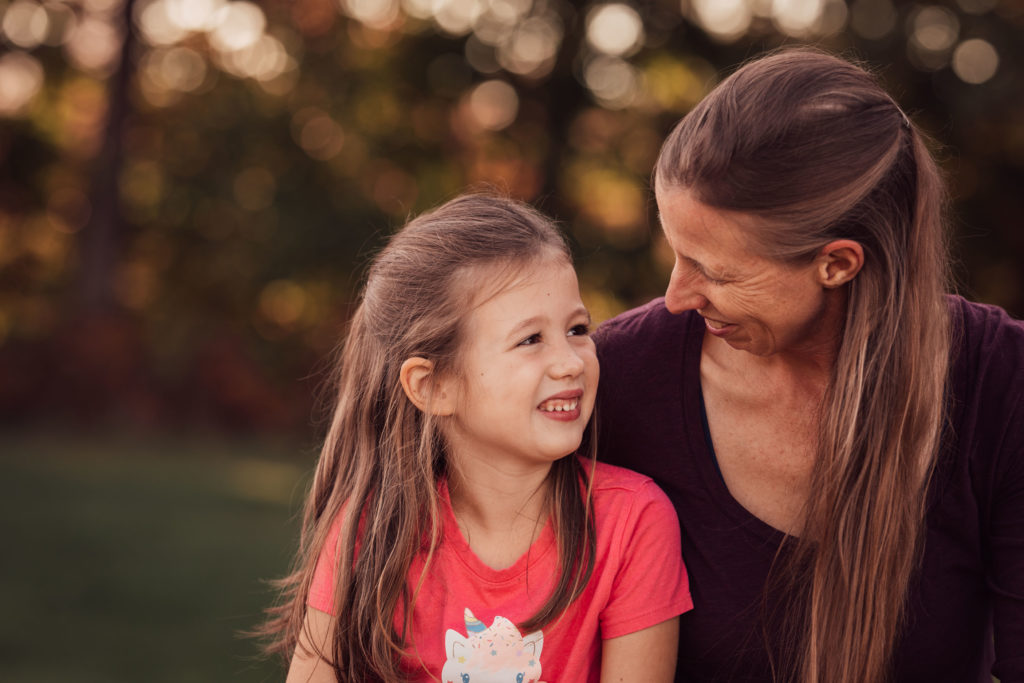

In-camera Backup: Peace of Mind for All Photographers
This one gives me–and my clients–peace of mind. I have two memory cards in my camera at all times. So if one fails or I drop it and roll over it with my desk chair before I transfer the photos to my desktop, I’ve got a back up. Of course, everything gets backed up to an external hard drive and the cloud as soon as I get home.
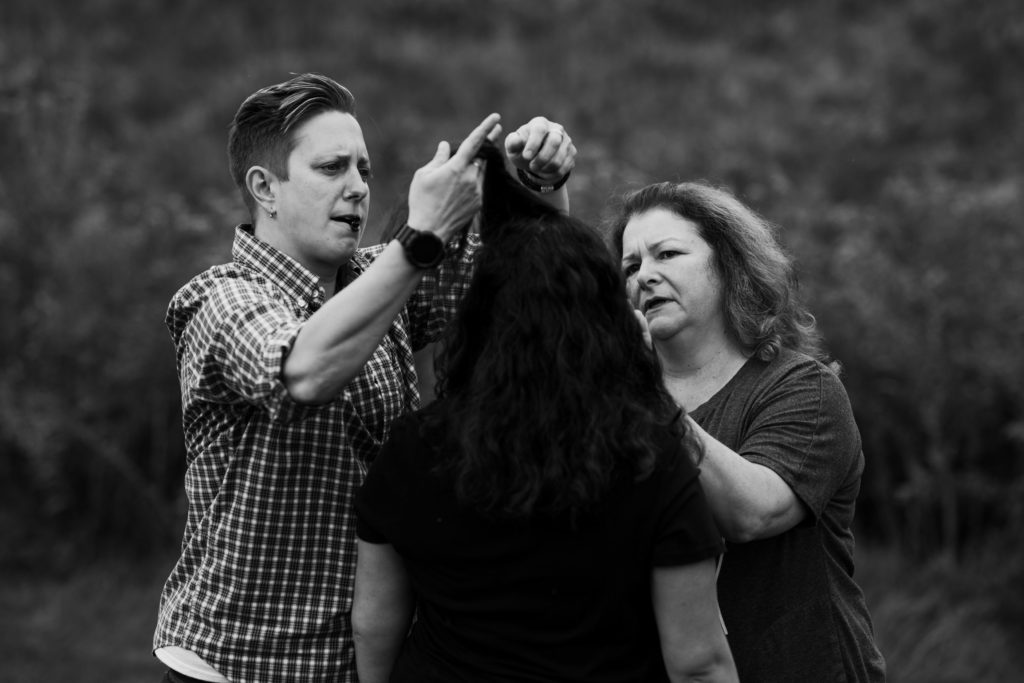
Interval Timer: Get in Your Family Photos!
This is a feature I don’t use in my professional work, but I’m sharing it here because I know that many of my readers are fellow photographers who also long to be in the frame more often. After years of messing with various apps that allowed me to control my camera from my phone, I was thrilled to finally own a camera with an intervalometer.
When I want to take a photo that includes me, I put the camera on the tripod, set things the way I like them, then tell the camera to take a photo every second for 20-30 seconds. That gives me plenty of time to get into position and then make a couple different faces in the general direction of the camera. It’s useful for self-portraits as well as those times you’d like to be a photo with your friends or family.
At my house, this feature gets used at every birthday celebration. This collection of “Happy Birthday” photos alone is a priceless reminder of how we’ve grown and changed over the years.

Learn to Use Your Camera
If you’ve just read about a feature you don’t have on your camera, fear not! I was advised years ago not to upgrade until I knew how to use every single feature on my current camera. Even with an entry level DSLR that was a substantial task. Once I was familiar with all the features, it was easy to see where my pain points were and use those to inform my upgrade choices. And, learning all those features was a project that prompted me to take all sorts of images I might not have otherwise. You can see where my teacher heart is going: take some risks, give it a try, you’ll learn, grow and create some keepers!
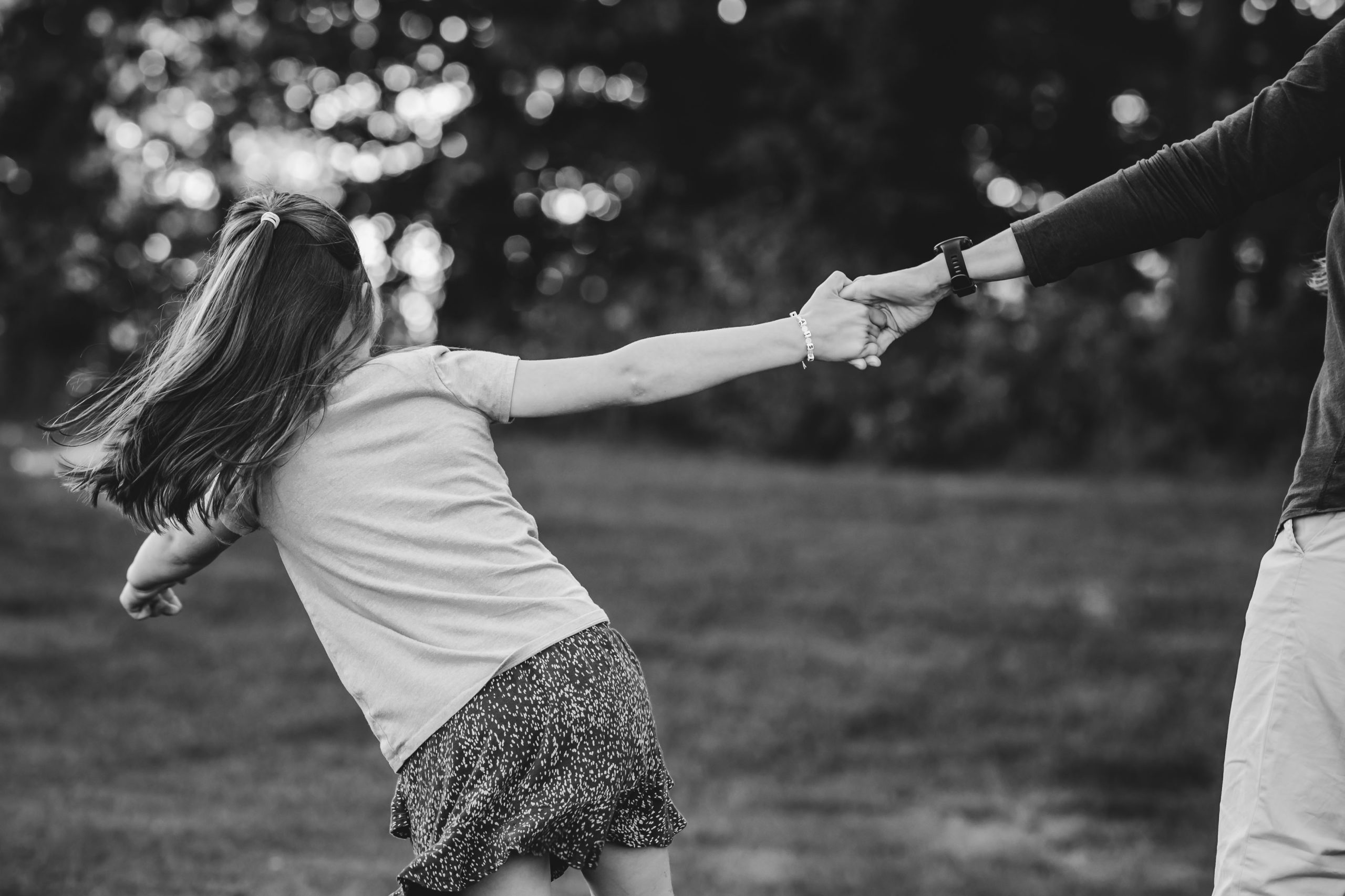
[…] The tools are not the same. Professional DSLR (like my Cannon 5d Mark iv) and mirrorless cameras have no delay. When I press the shutter, I capture the image. In addition, I can — and do — adjust every setting with intention with my camera. This ensures the desired artistic effect in every image such as crisp action or creamy bokeh. I wrote about my favorite camera features in this post. […]